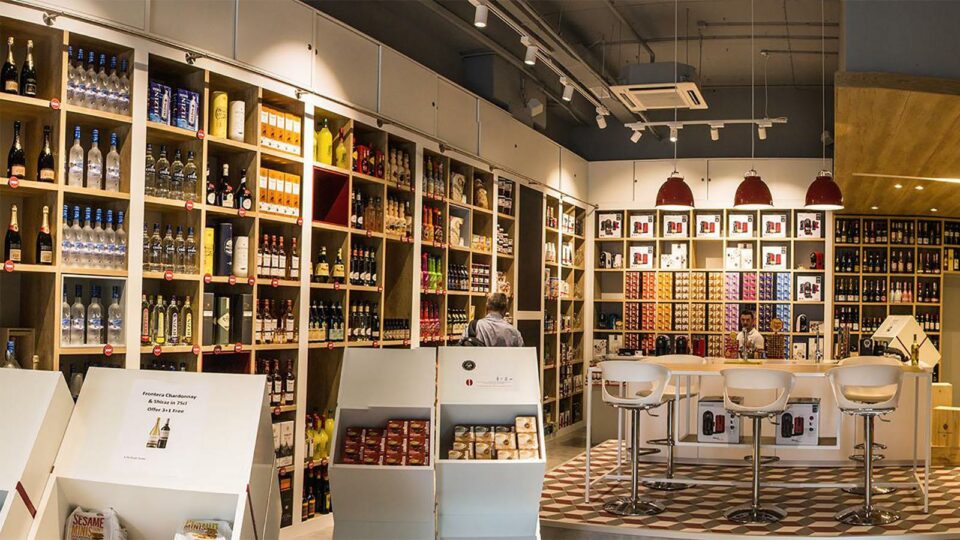P. Cutajar & Co. is a family owned company now into its 5th generation. P. Cutajar & Co. Ltd. is one of the leaders in the market distributing FMCG (fast-moving consumer goods) product. It also operates in the retail sector with 7 shops across Malta, which has some 500,000 residents.
The company handles more than 3,000 well-known branded products all which come with different handling and reporting requirements. The company operates in these main areas:
- Confectionery
- Beverages & Spirits
- Wine & Beer
- Food & Frozen Foods
- Non-food items like household cleaning products
“All of this provides a number of logistical challenges,” says Clyde Attard, Divisional Sales Manager at P. Cutajar & Co. Ltd.
The company employs 90 Full-Time employees. Its annual sales are that of approximately $26 million EURO. In the past, the company used several antiquated, cobbled together systems to operate the business for the past 20 years. A patchwork of different, locally made software handled ordering, logistics and other function, while financials were housed in another completely different system says Attard.
“We had many challenges, primarily a lack of information required for decision-making,” he says. “The disparate software created a lot of double work, wasted resources, was inconsistent, and offered different versions of the truth.”
Three years ago, P. Cutajar & Co. Ltd. acquired a company a fourth of its size, which, with its own systems, exacerbated the company’s challenges. Manual, paper-based workflows to manage information from one system to another wasted a lot of time and resources.
Lack of Accurate Data Slowed Growth
Without one version of the truth, the team was constantly trying to figure out what set of figures they could rely on and spent valuable time reconciling them. “Growing the company was practically impossible to keep going the way we were without accurate data,” Attard says.
With purchasing, for example, an order was manually typed into three different systems. When a delivery was made, invoices had to be reconciled to deliveries, cash was reconciled for COD orders, and then stock had to be reconciled if there were returns. “All of this was manual, involved many layers of effort and caused quite a number of issues,” Attard says.
Soon after acquiring the other company, “we immediately realized there were too many discrepancies in our system,” he says.
Additionally, the company’s sales ordering system, which was installed on tablets, had several issues and was coming to the end of its life.
 Canada (English)
Canada (English)
 Colombia
Colombia
 Caribbean and Puerto Rico
Caribbean and Puerto Rico
 Ecuador
Ecuador
 India
India
 Indonesia
Indonesia
 Ireland
Ireland
 Malaysia
Malaysia
 Mexico
Mexico
 Panama
Panama
 Peru
Peru
 Philippines
Philippines
 Singapore
Singapore
 South Africa
South Africa
 Sri Lanka
Sri Lanka
 Thailand
Thailand
 United Kingdom
United Kingdom
 United States
United States








